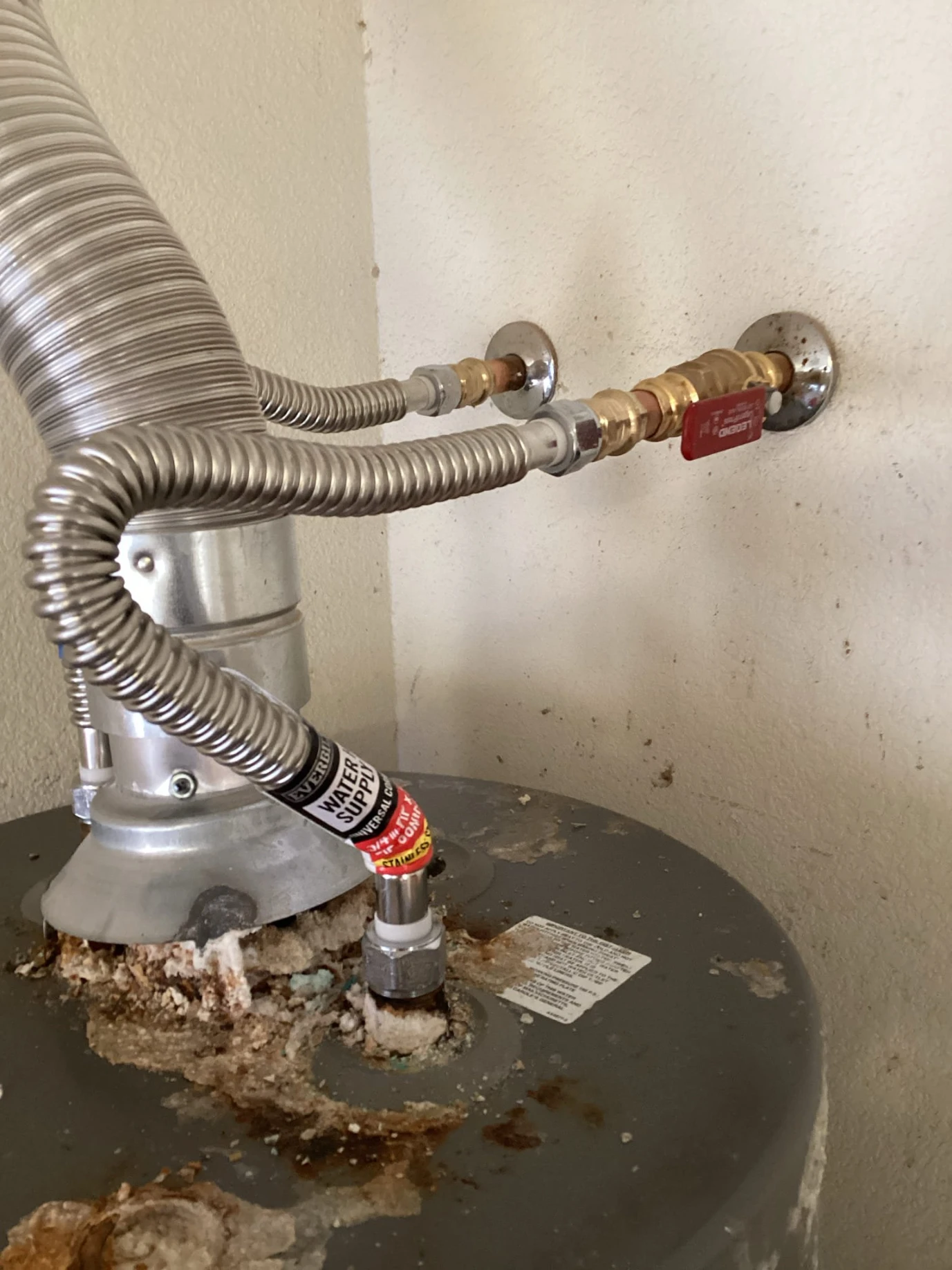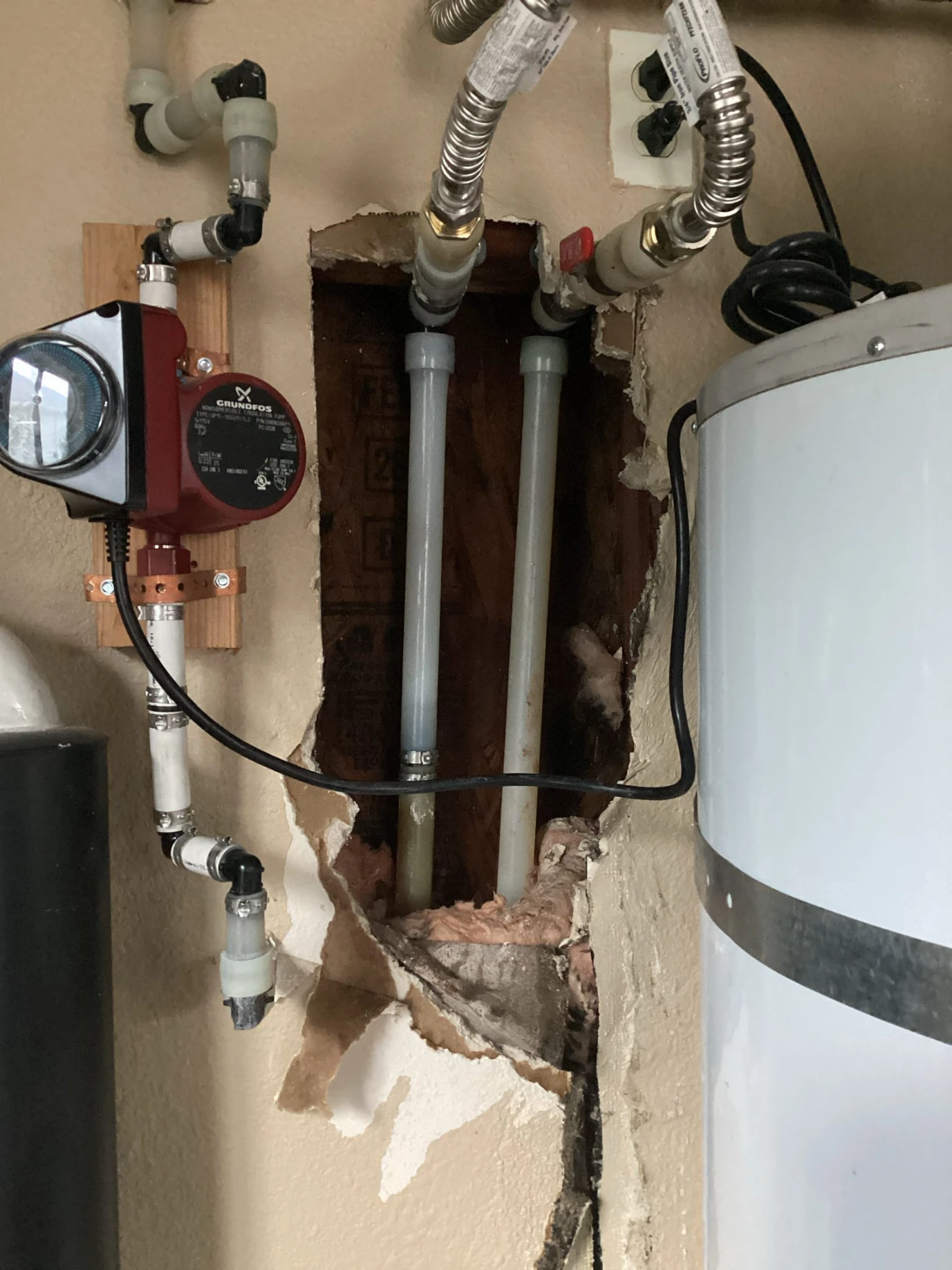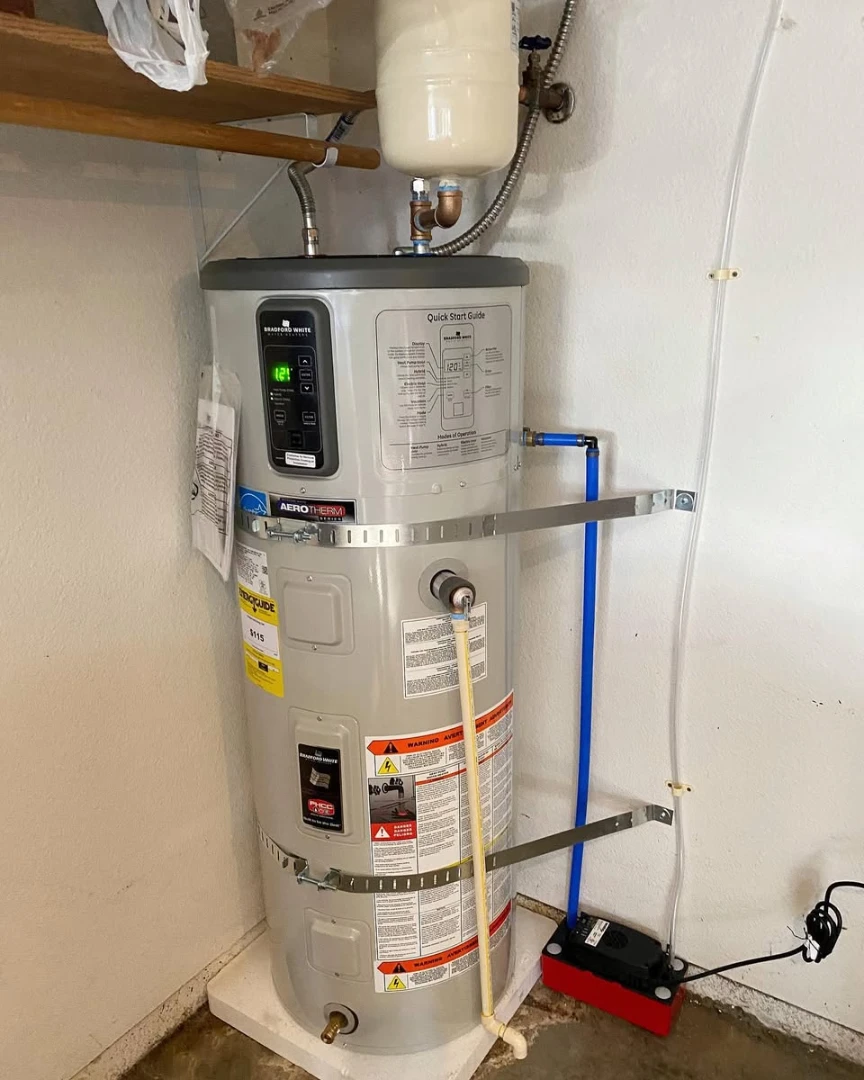
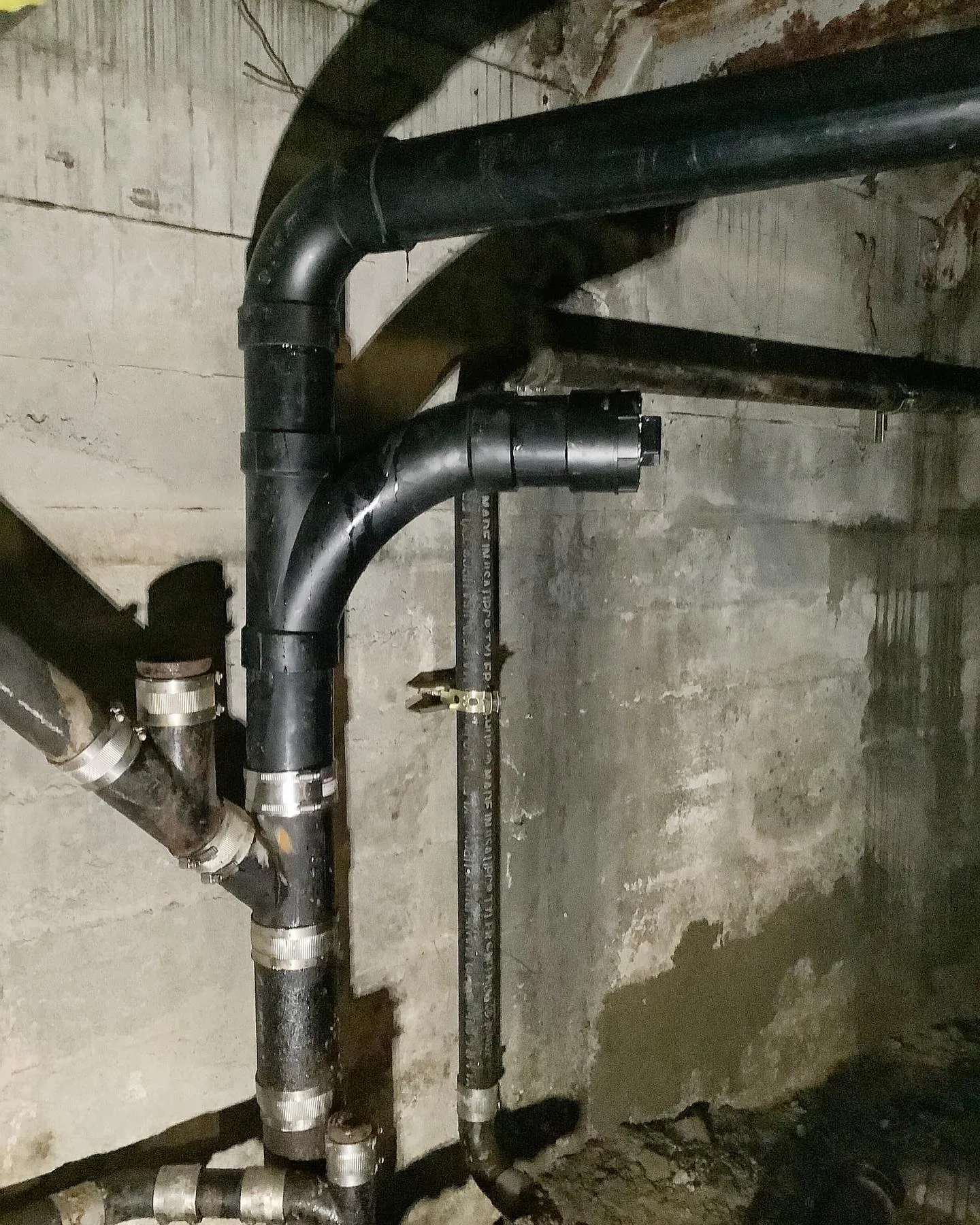
Nothing will ruin a day faster than discovering your drain pipes won’t drain. Whether it’s in the shower or the kitchen sink, standing water is a sign that something isn’t right. This is usually a sign there’s some kind of blockage in the system, but the plumbing itself could be to blame.
Pipes must slope slightly downhill to drain properly. The standard slope is anywhere from ¼ inch to 3 inches per foot depending on the use. An accurate calculation is essential for properly functioning plumbing. A pipe that doesn’t slope enough won’t drain while a pipe that slopes too much drains water too quickly, leaving solids behind.
And if solids don’t drain, you can find yourself with a clog sooner or later. If you’re installing a drainpipe, here’s an easy way to calculate drainpipe slope. Depending on the scope of the project, however, figuring out the slope is much easier than actually doing the job.
Laying a drainage pipe for plumbing is a job for professionals. It’s pretty extensive and a crucial part of the home’s plumbing. The job becomes more difficult if you’re tying into a municipal system. Improper drain work can cause multiple issues on your property including damage to your foundation and landscape.
For example, if downspouts aren’t positioned correctly, they will drain water towards your home. Excess water can weaken the foundation and cause it to lean or sink over time. Similarly, overwatering the lawn as a result of poor drainage can cause plant issues like fungi and disease. Due diligence is necessary before starting any kind of project.
Most cities and homeowner’s associations won’t look kindly upon extensive do-it-yourself excavation projects. Still, it’s good to understand the process should your plumber ever need to install a new pipe. Simpson Plumbing can help with your pipe installation.
A more reasonable project for a DIYer is installing a drainpipe to get rid of water somewhere in the yard. The Pacific Northwest is known for getting months worth of rain. Whether you live in Southwest Washington or from Portland down to Bend, your property needs good drainage. This will prevent soggy areas in your yard, or worse, under your house.
Maybe you’ve already tried to fix the problem. Sometimes all it takes is a longer drain gutter to move water away from the house. If your yard slopes away from the house, a gutter that empties three feet away from the foundation is sufficient.
If everything you’ve tried hasn’t worked, you may be looking at installing a pipe or a french drain system. If you plan on using either of these solutions, you’ll need to know how to calculate drain pipe slope.
Before you dig more than 12 inches deep, be sure to call the Utility Notification Center to help locate underground lines. Both Washington and Oregon residents can call the same number: 811. Call at least two working days ahead of digging. They’ll send someone out to mark the locations where it’s not safe to dig.
One more thing: Don’t drain anywhere you’re not supposed to or that creates problems for neighbors. Let the water from your gutters or other soggy spots drain to a dry spot in your yard. When in doubt, check your area’s codes.
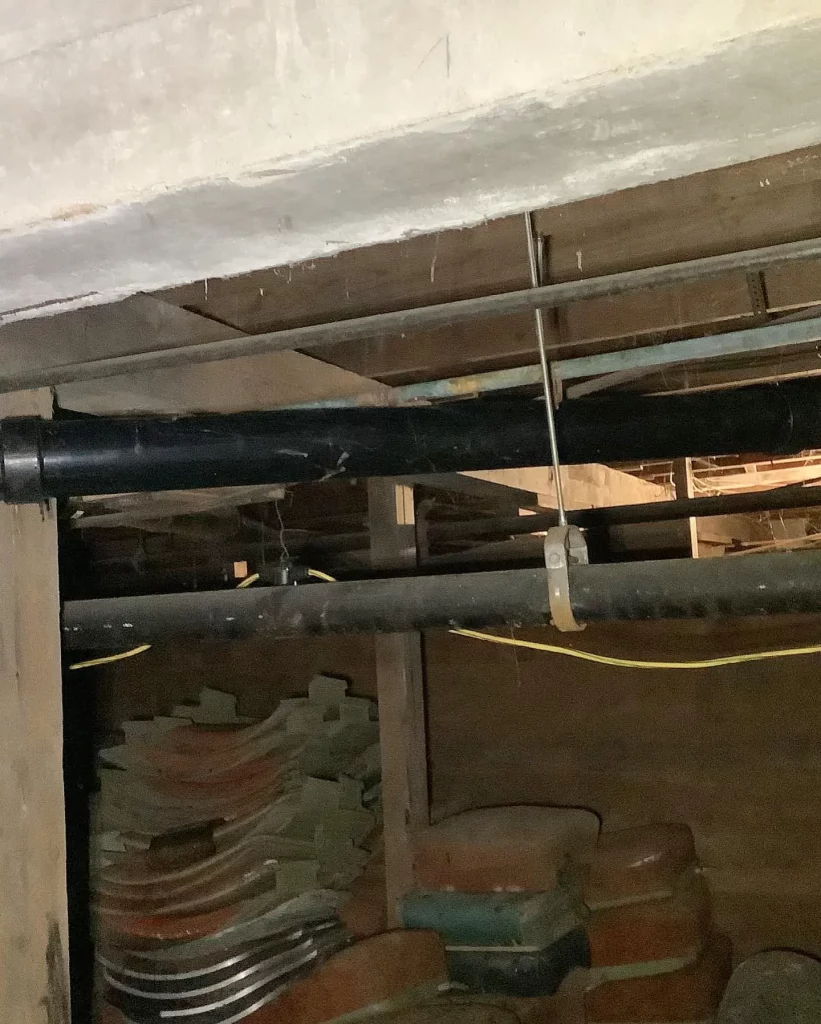
1. Measure and Plan
The first step is essential to figuring out the slope: Measure the drain line distance. In order to make accurate calculations, you need to know the exact length the pipe will need to travel. To find this, plan the drain route, taking the shortest distance possible.
The longer the pipe’s route, the more vulnerable it will be to clogging. Make note of any bends and turns that will require specific pieces. If you’re installing a simple drainage pipe, you probably won’t have too many corners to worry about.
2. Purchase Pipe and Materials
Once you have determined the route of the line, you can figure out the pipe lengths. When you purchase the pipe and necessary materials for putting it together, always give yourself a little more to work with. Be sure to include any pipe connectors to get the correct configuration.
3. Figure Out the Slope
Before placing your pipe, use this formula to determine the slope and create a sewer pipe slope chart to follow:
If you need help determining the correct slope and position of your pipes, or you want expert help in laying them, contact Simpson Plumbing. Our experienced plumbers would be happy to answer your plumbing questions and concerns. We’re here to help you take care of your home and make sure your plumbing is done the right way.

